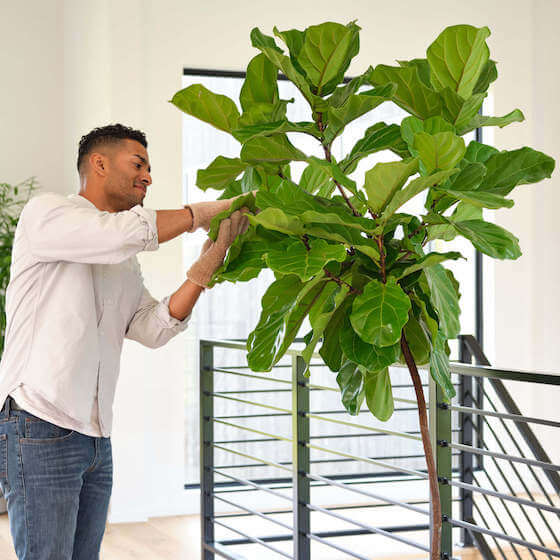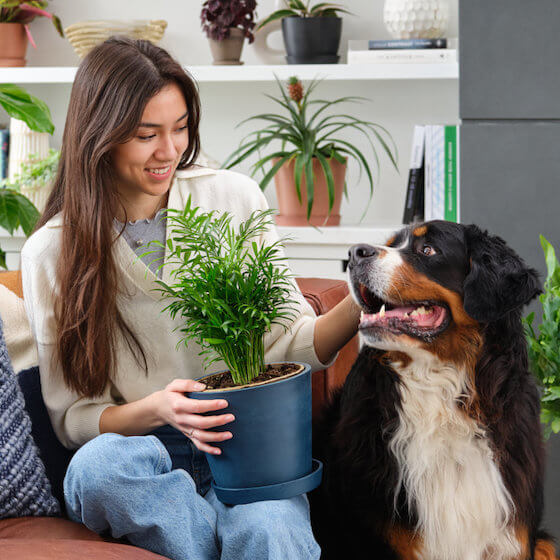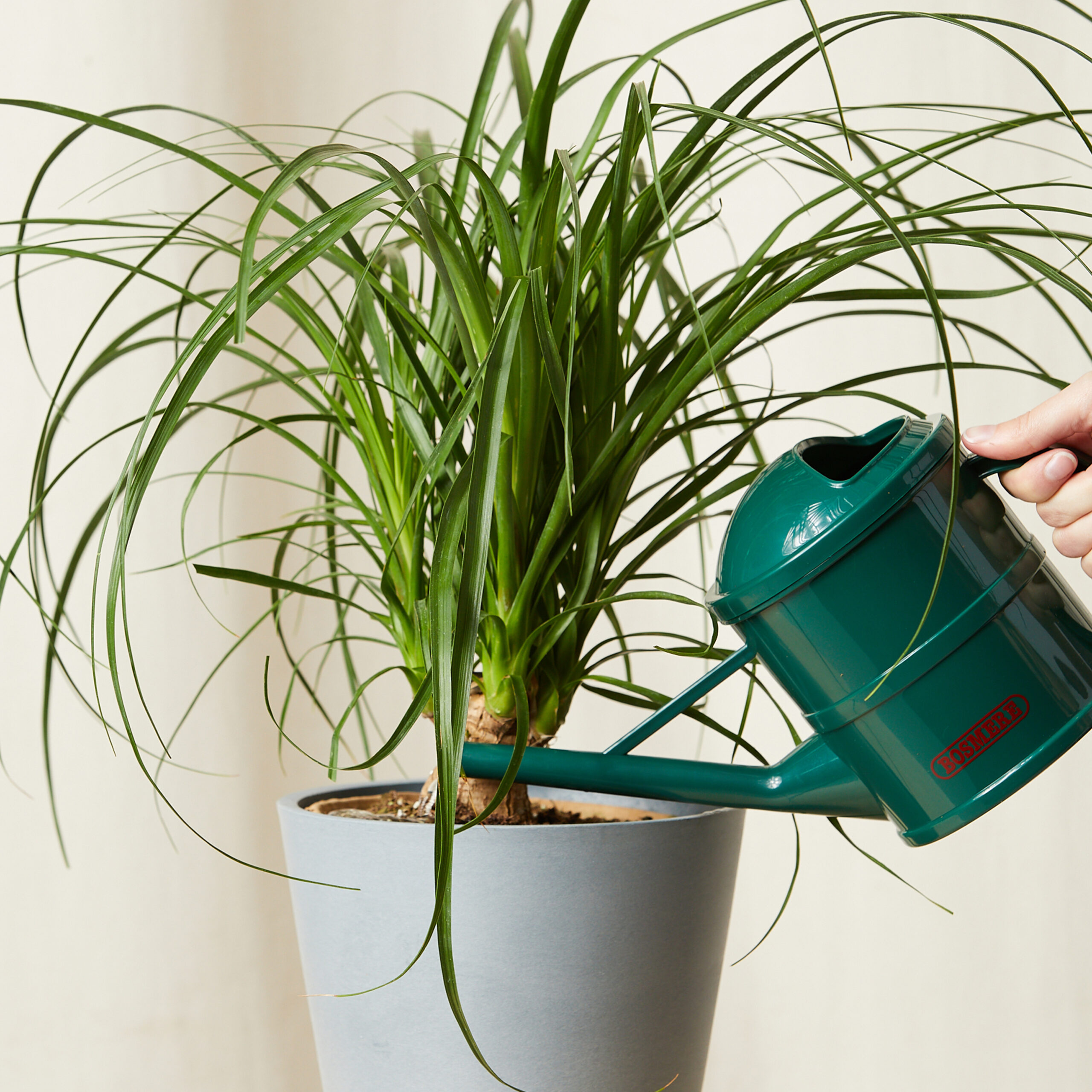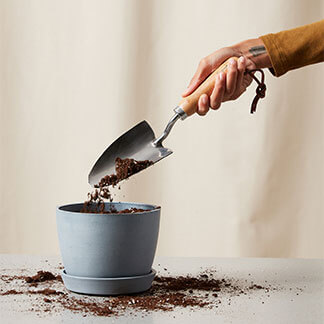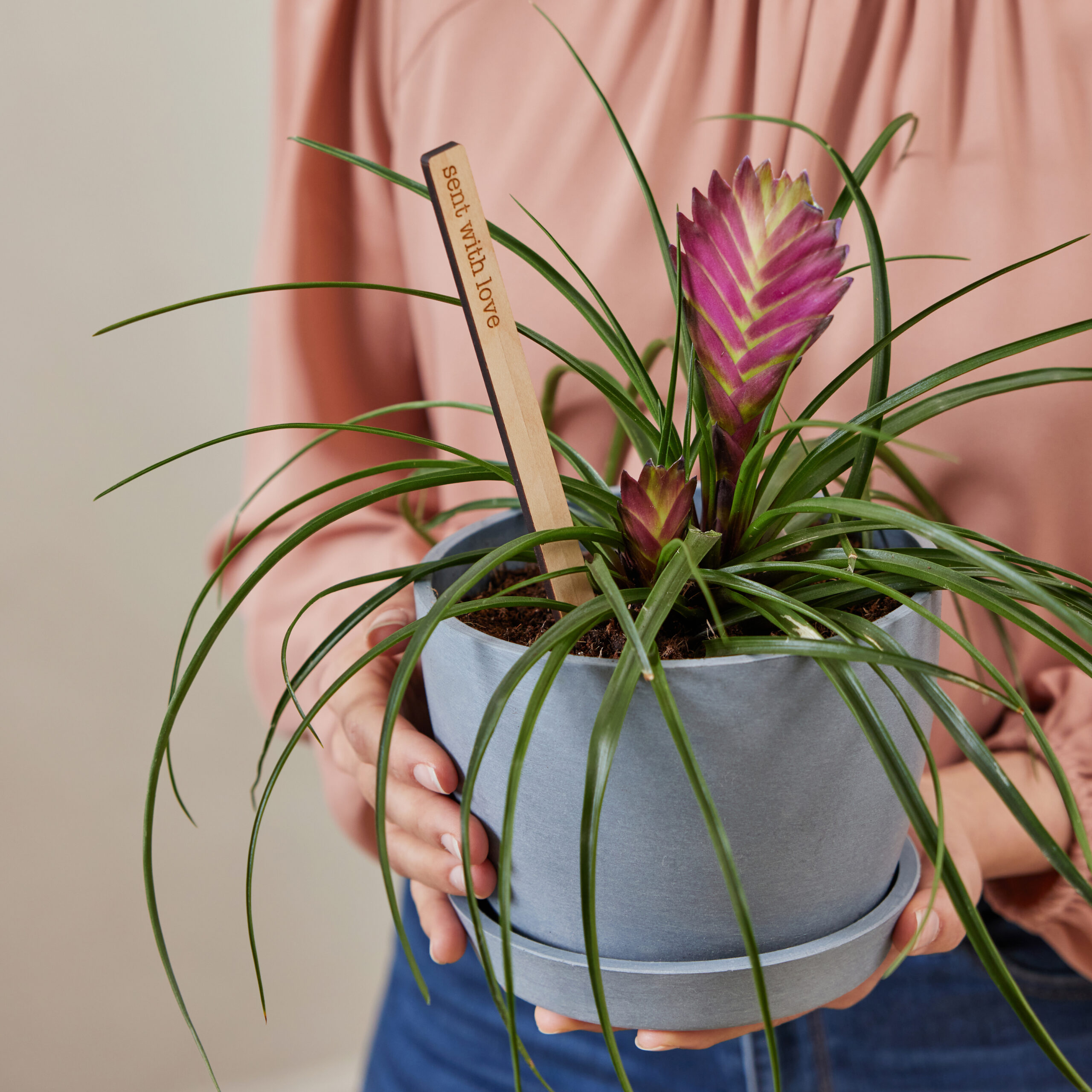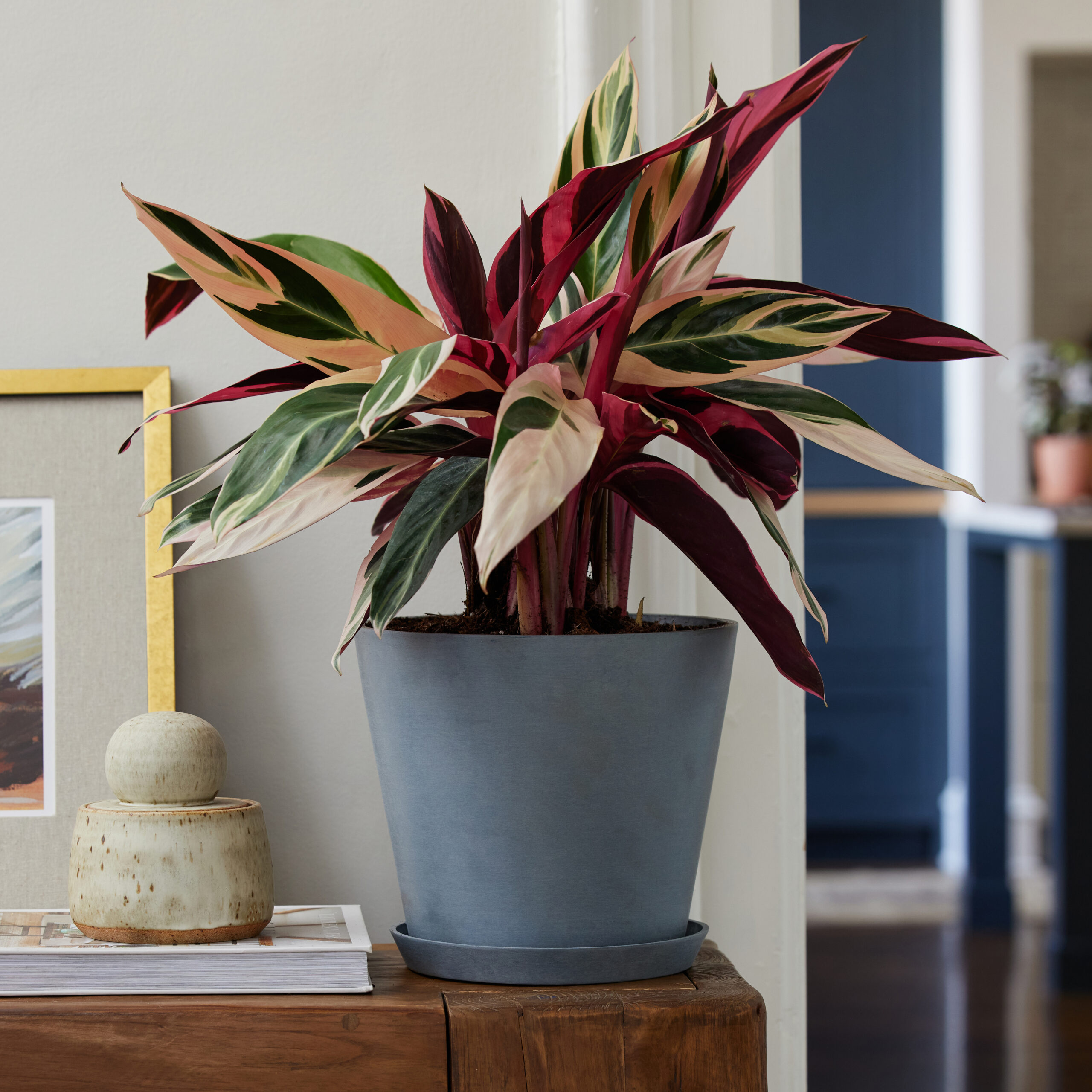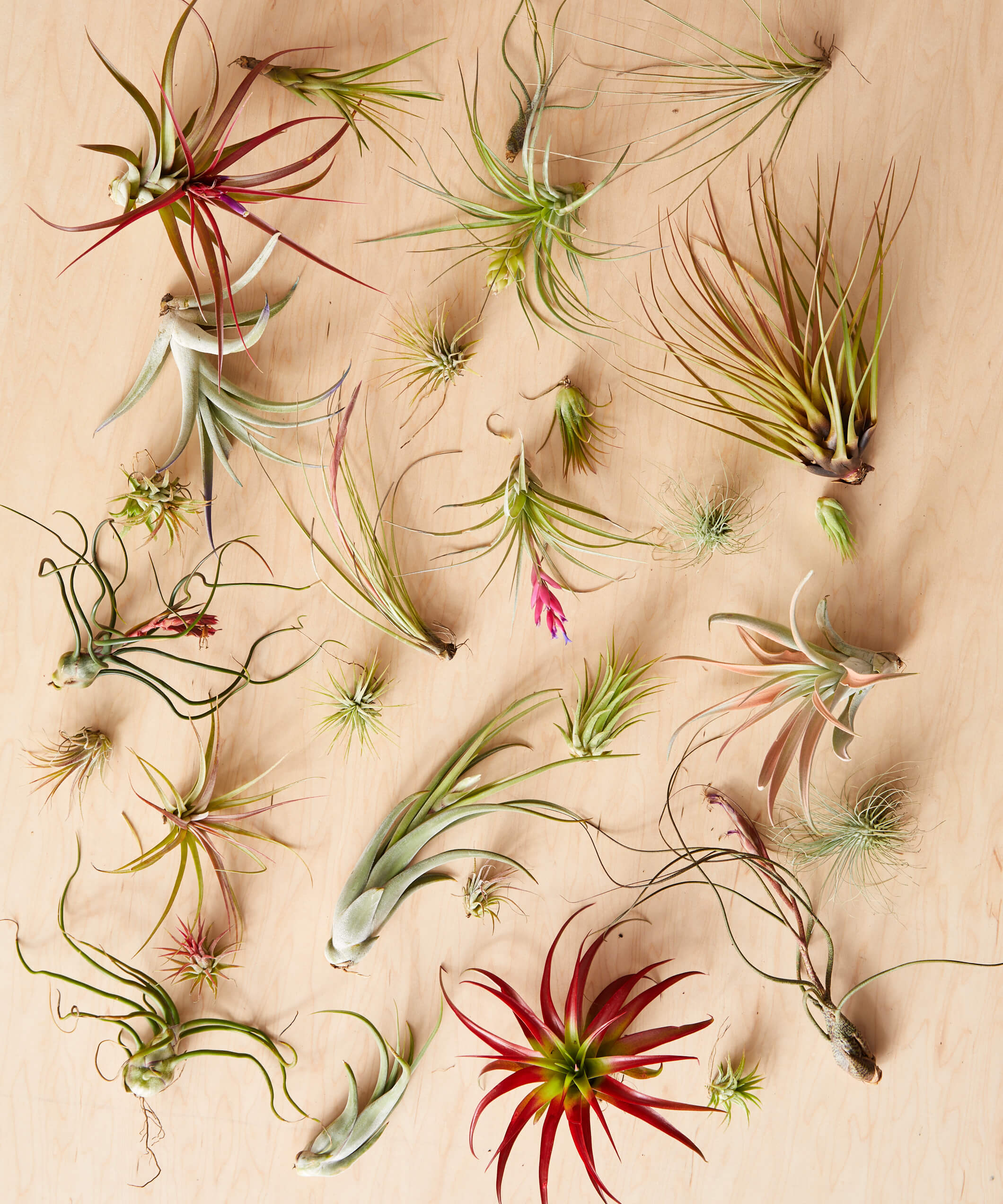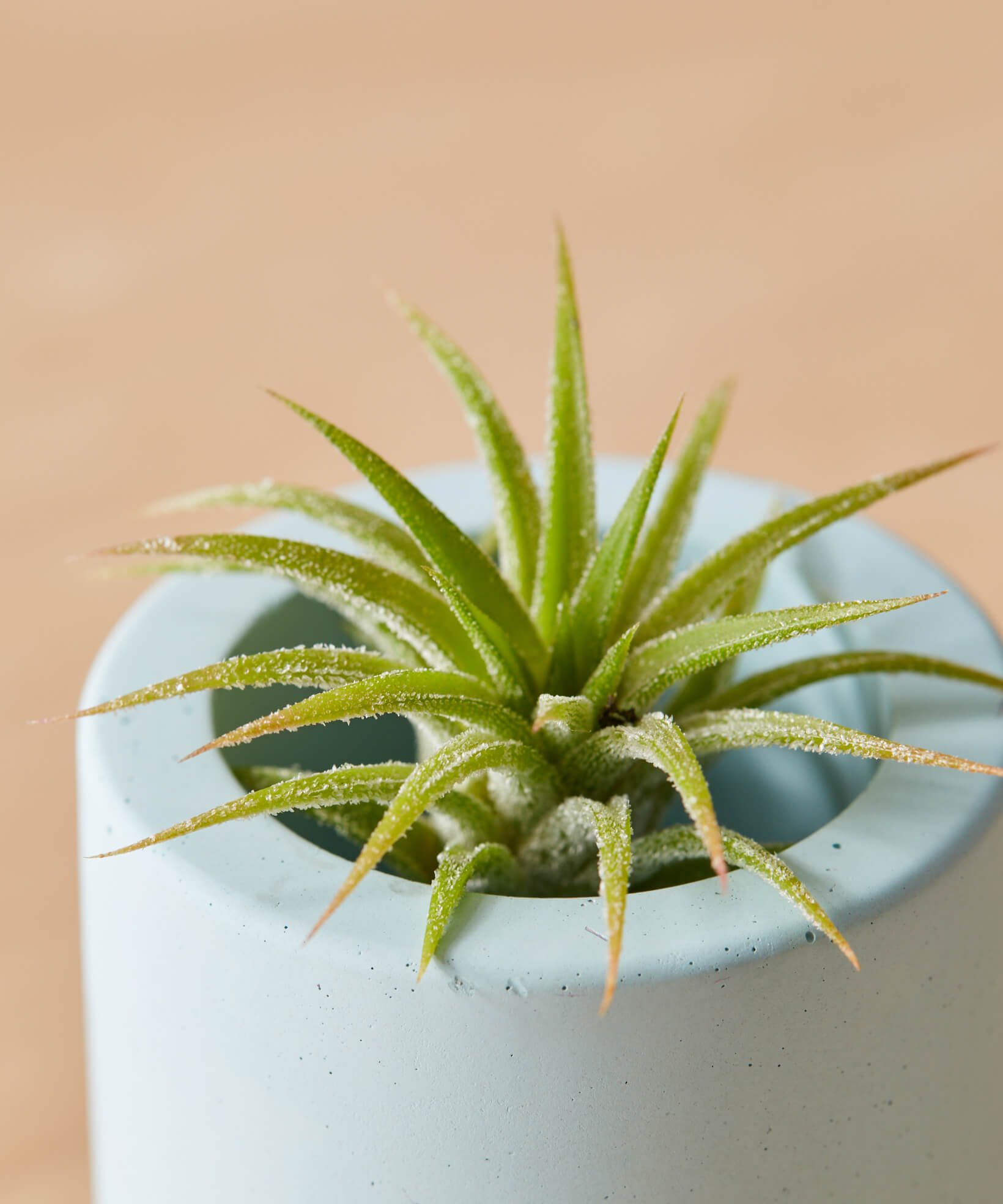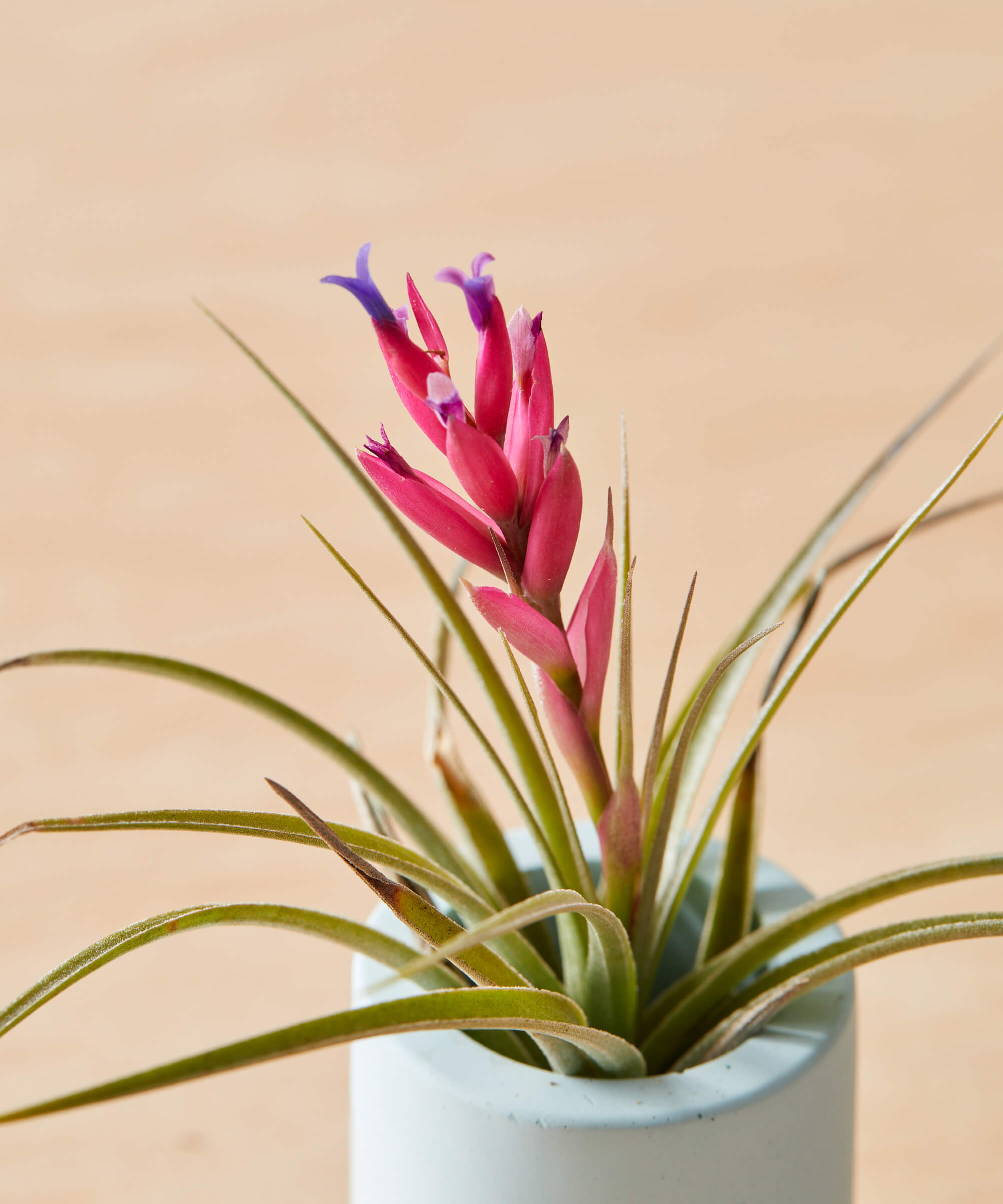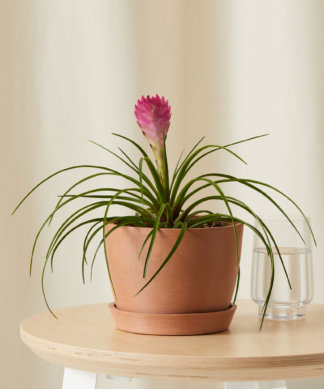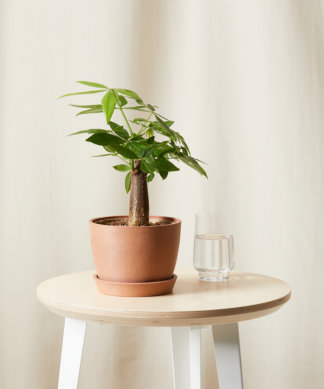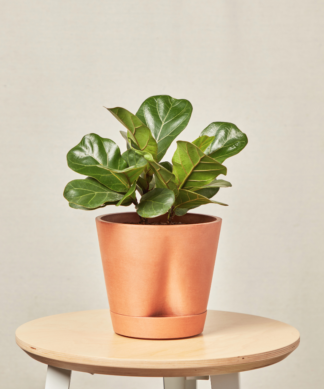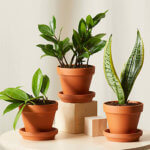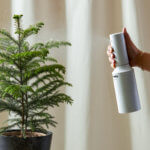How to care for your Air Plant
Use these instructions to care for an Air Plant. This guide will tell you how to water an Air Plant; its light, temperature, humidity preferences and any additional care it might need to help it grow.
Air Plant
Air plants grow best in indirect medium to bright light. Too much light and foliage will dry out too quickly and burn, but too little light will cause a slow decline of the plant. So your air plant would be happiest sitting near an eastern window or a few feet back from a southern or western window.
Every 1-2 weeks, fill a sink or tub with lukewarm, distilled water and soak your air plant for 30 minutes every 1 to 2 weeks. After soaking, lay them upside down on a towel until they are completely dry. This will usually take 1-2 hours but can take longer. It is very important to dry them before putting them back as it prevents rot and mold from occurring. After drying, they can be put back into their home. Soak less frequently in the winter as they go dormant.
Air plants prefer a humid environment. Adding a humidifier to their environment will help, or lightly misting them in between waterings will benefit them.
Air plants thrive in average household temperatures as long as they don’t sit near vents or cold drafts.
During spring and summer, use air plant foliar spray or you can use an air plant water-dissolvable fertilizer while soak-watering. Use 1-2 times a month.
Air plants are considered to be non-toxic to humans and pets if ingested but might cause mild indigestion for cats and dogs.
If your air plant is given correct care, it will eventually bloom. After it blooms, feel free to cut it off with a pair of plant snips. After some time, you will also see new pups forming off of the mother plant. Eventually, the mother plant will die off. You can separate the pups or leave them as is.
